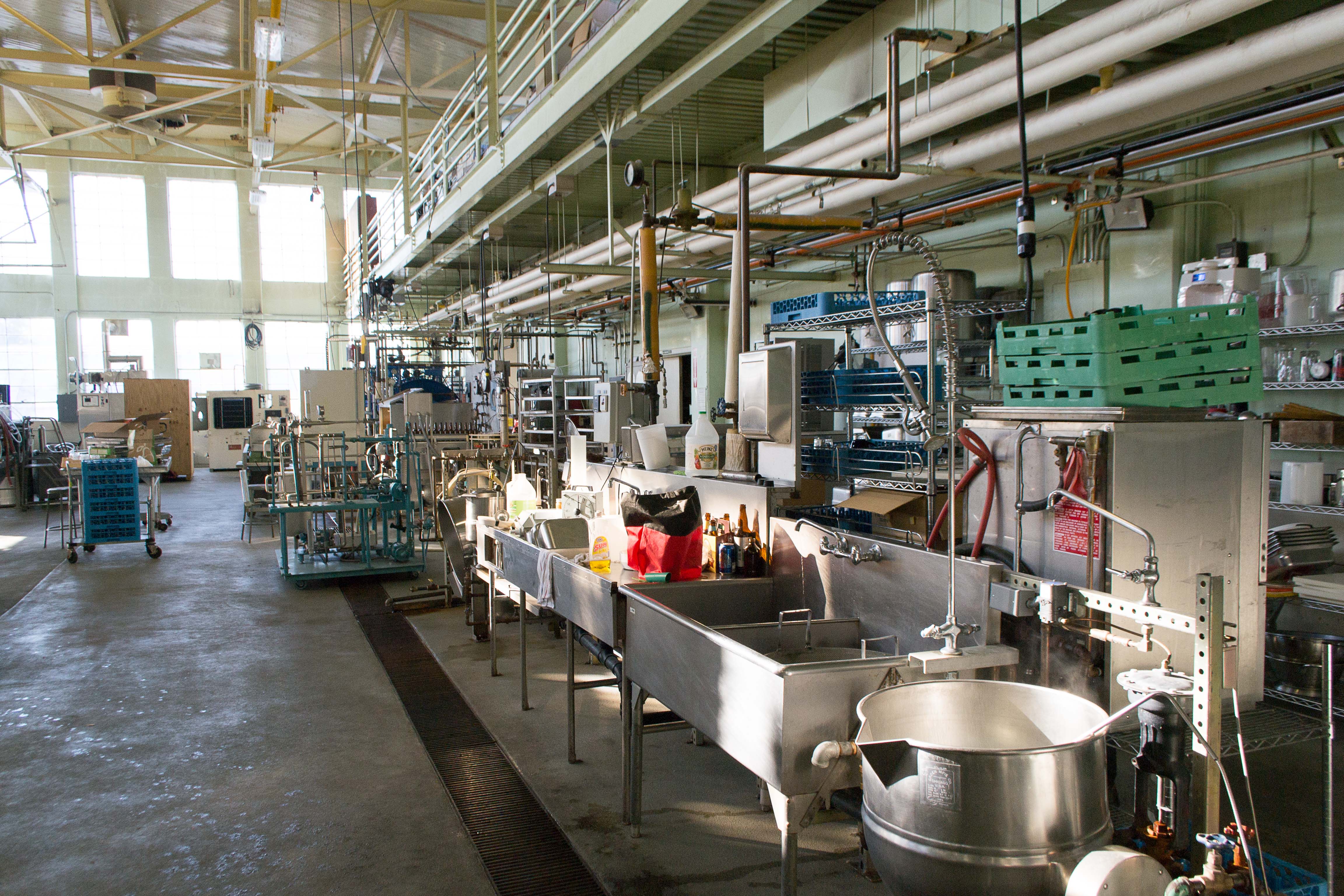
Photo from academic.microsoft.com
The United States Department of Agriculture (USDA) National School Lunch and Breakfast Programs are critical for the health and food security of U.S. schoolchildren, but access to these programs was… Click to show full abstract
The United States Department of Agriculture (USDA) National School Lunch and Breakfast Programs are critical for the health and food security of U.S. schoolchildren, but access to these programs was disrupted by COVID-19 pandemic-related school closures in spring 2020. While temporary policy changes to the programs enabled school food authorities (SFAs) to pivot towards distributing meals throughout their communities instead of within school buildings, SFAs faced complex challenges during COVID-19 with minimal external support. This mixed methods study investigates the implementation and financial challenges experienced by twelve of the largest urban SFAs in the U.S. during COVID-19. We conducted semi-structured interviews with SFA leaders and analyzed alongside quantitative financial data. We found that SFAs reconfigured their usual operations with nearly no preparation time while simultaneously trying to keep staff from contracting COVID-19, accommodate stakeholders with sometimes competing priorities, and remain financially solvent. Because student participation was much lower than during regular times, and revenue is tied to the number of meals served, SFAs saw drastic decreases in revenue even as they carried regular operating costs. For future crises, disaster preparedness plans that help SFAs better navigate the switch to financially viable community distribution methods are needed.
Journal Title: Nutrients
Year Published: 2021
Link to full text (if available)
Share on Social Media: Sign Up to like & get
recommendations!